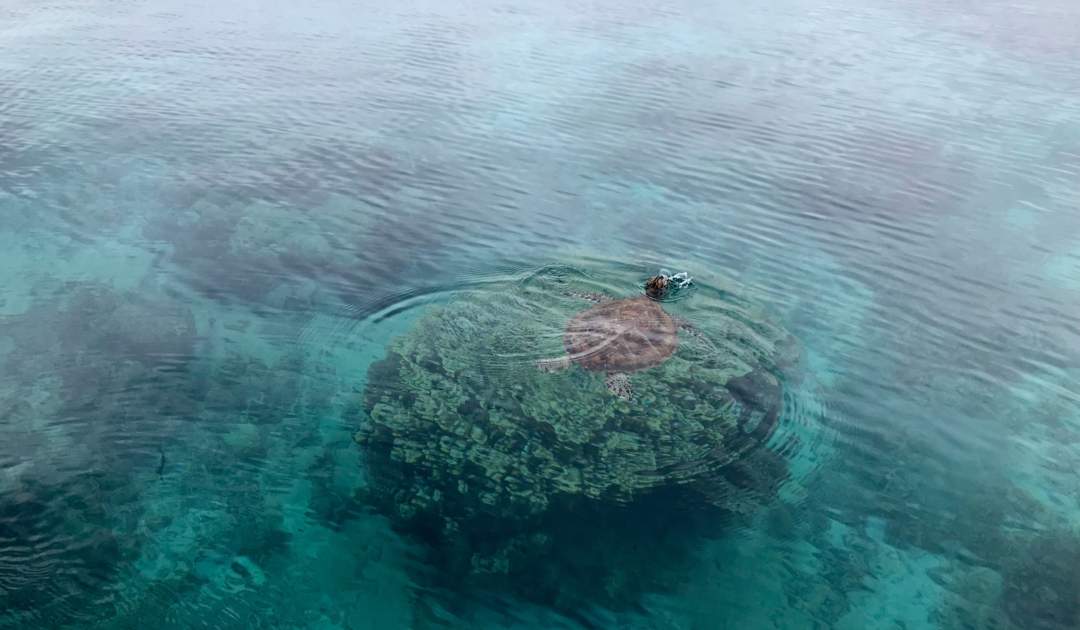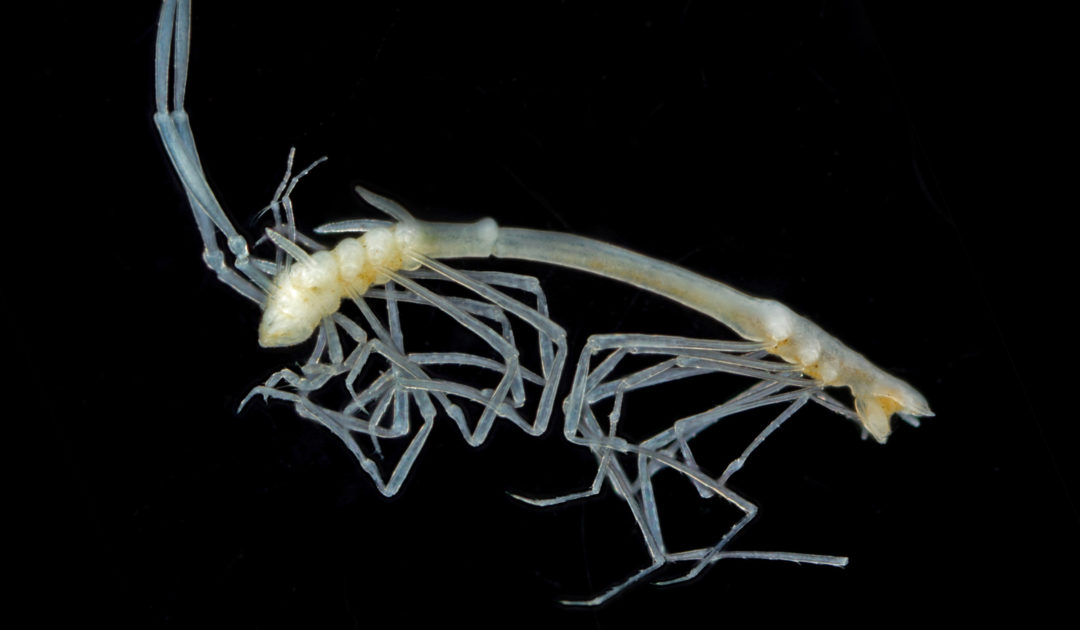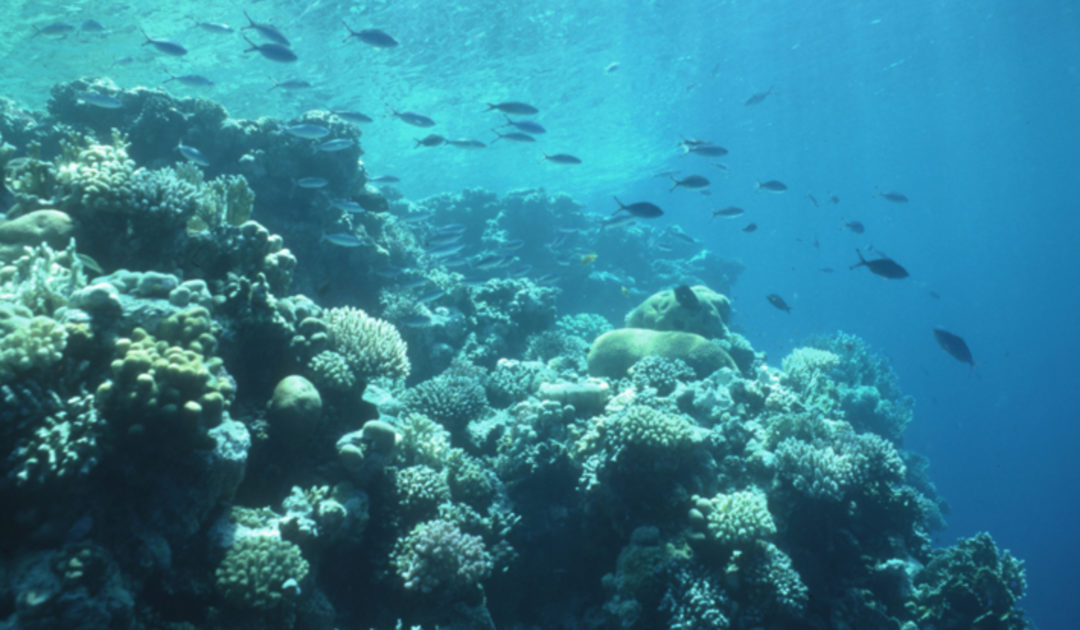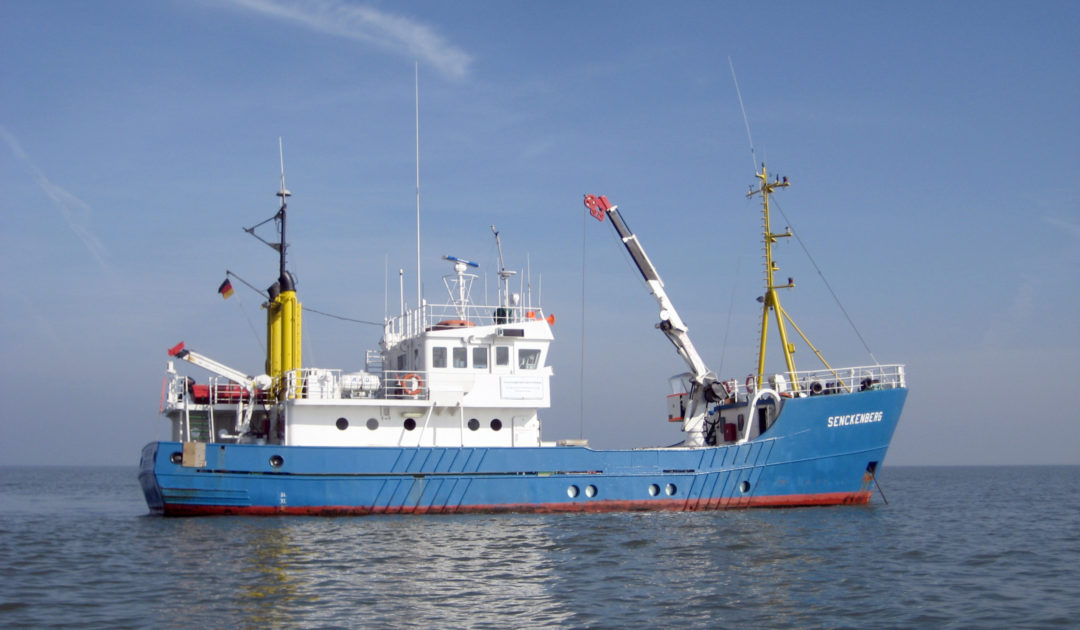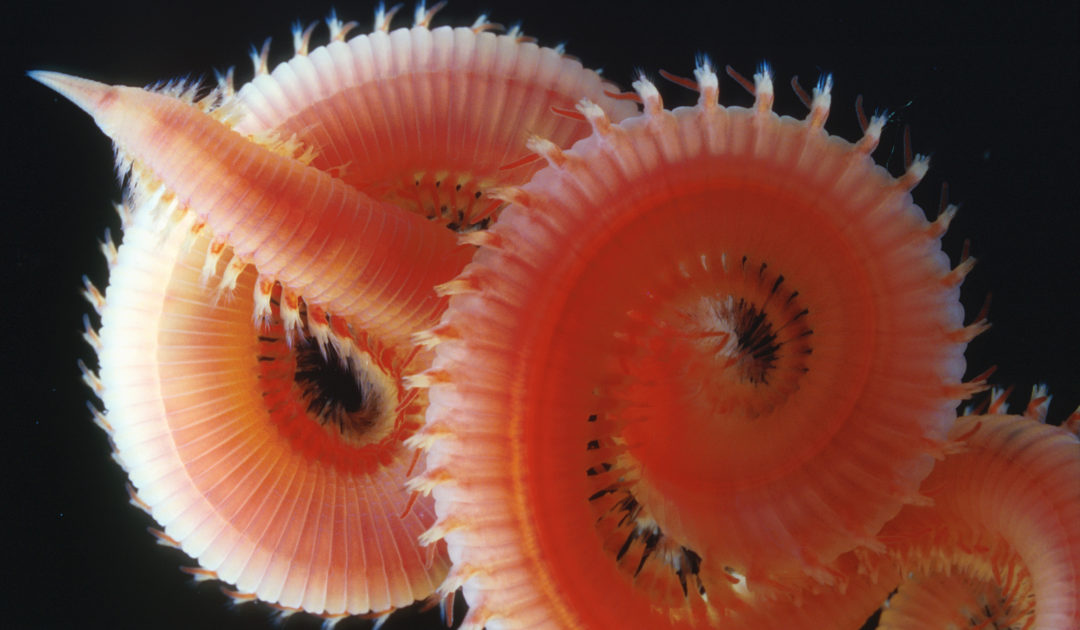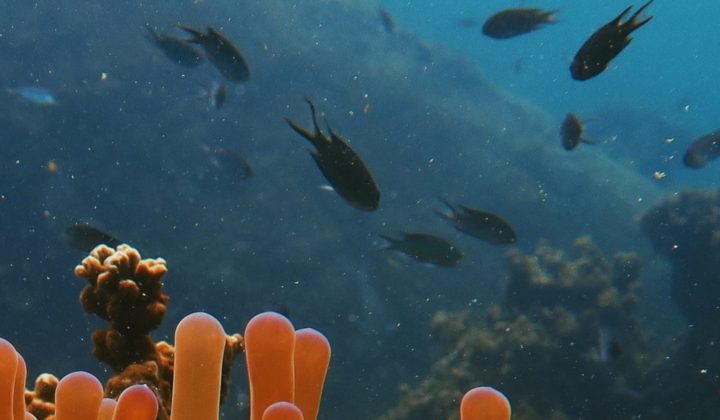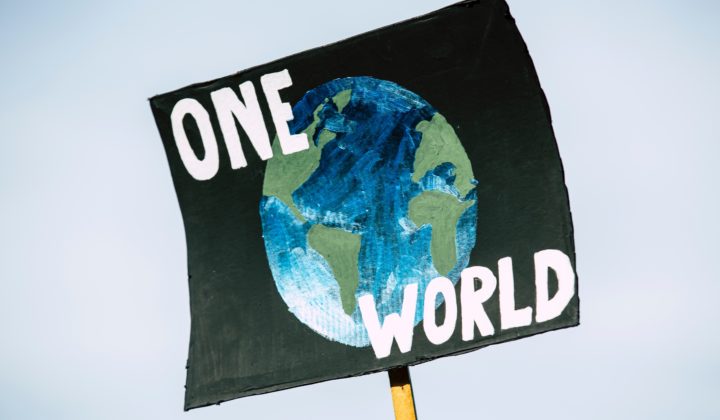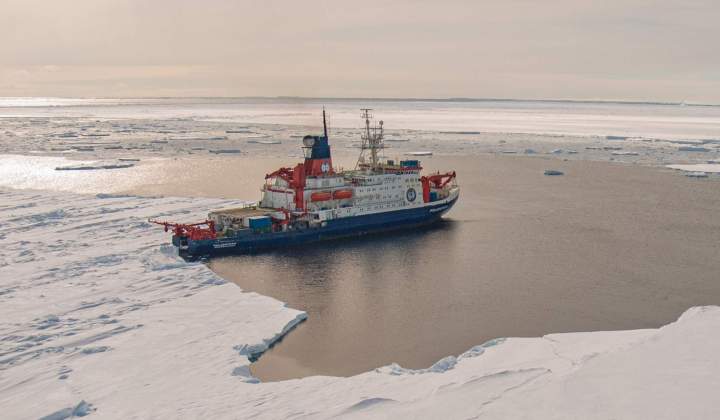Already in 2009, alarming figures about the state of our global ecosystems – including those of the oceans – were published on the basis of the “planetary boundaries” published by Johann Röckstrom. How are our oceans today?
They are not better, because the seas suffer from pollution, eutrophication, and ocean acidification. The polar ecosystems are subject to drastic change due to the melting of ice shelves and large areas of sea ice due to the climate, processes that lead to sea level rises. People, who live on the coast, will lose their habitat in the coming decades. The increase in population leads to, among other things, increases in pollution and littering of the seas, artificially created land use by man, coastal development, ocean pollution (e.g. from wind parks, oil platforms, desalination plants, etc.), and increases in marine traffic routes (marine noise) places great stress on the flora and fauna of the sea.
What are the most pressing questions that marine research must address in the coming years?
Sea level rise, ocean warming and threats to corals, marine pollution and eutrophication, as well as ocean acidification.
For this reason, the General Assembly of the United Nations has declared the period 2021 to 2030 to be the UN Decade of Ocean Research for Sustainable Development, and has commissioned UNESCO’s Intergovernmental Oceanographic Commission (IOC) to implement it. Germany has offered to host the kick-off conference for the decade in Berlin at the beginning of 2021. Due to this generous offer, the Federal Ministry of Education and Research, in exchange with the Konsortium Deutsche Meeresforschung (KDM) (German Marine Research Consortium), would like to ensure that German marine science expertise is as excellent as possible and actively integrated into the design of the kick-off event.
IOC-UNESCO presented a total of six societal needs and eight scientific priorities for the decade. I was deployed for the “clean oceans” area for this kick-off event.
The Deutsche Allianz Meeresforschung (DAM) (German Alliance for Marine Research) was founded on July 4th, 2019. How do you rate this political approach to marine research and where do you see further political trade needs in relation to marine protection (in Germany and worldwide)?
The DAM is a legal association and is locateded in Berlin. Use and protection of marine areas are some of the most important topics of the DAM. The aim of the research mission is to develop concepts for the “common good-oriented, prosperity-securing, and at the same time environmentally friendly, use of marine and coastal areas.” The 14th Aichi goal of the 2030 Agenda for Sustainable Development of the United Nations contributes to this: “Oceans, seas, and marine resources should be preserved and used sustainably in the interests of sustainable development.”
Using these goals, German marine research is currently recording the effects of our current and possible future use of biodiversity, and the integrity of marine ecosystems along the German and a few international coasts. Furthermore, the effects of different protection concepts and their implementation and success rate are being analyzed. Science works on these issues in dialogue with users from business, administration and civil society in order to be able to give recommendations for action as well as specific institutional and technological innovations for sustainable use and protection of the marine environment.
The DAM is entering the first phase with two major missions:
1. “Protection and sustainable use of the seas”. The mission was written by U. Bathmann, K.-C.- Emeis, K. Eskildsen, A. Freiwald, M. Haeckel, H. Hillebrand, S. Horn, A.-K. Hornidge, U. Jacob, K. Juergens, A. Merico, J.O. Schmidt, C. Schrum.
2. “Marine carbon storage as a contribution to decarbonization”, written by A. Oschlies, G. Rehder and M. Rhein.
The Senckenberg Research Institute and Nature Museum is, together with Senckenberg am Meer, the Alfred Wegener Institute Helmholtz Center for Polar and Marine Research (AWI) and the Thünen Institute for Sea Fisheries (TI SF) in Bremerhaven, Helmholtz Institute for Functional Marine Biodiversity at the University Oldenburg (HIFMB) and the Institute for Chemistry and Biology of the Marine Environment of the Carl von Ossietzky University Oldenburg (ICBM) in Oldenburg, the Helmholtz Center Geesthacht (HZG), involved in a DAM pilot project. The project analyzes the exclusion of mobile bottom-contacting fishing in marine protected areas of the German exclusive economic zone (EEZ) of the North Sea. It elaborates a description of the state of the sediment structures and describes bentho-pelagic habitats and biocenoses.
